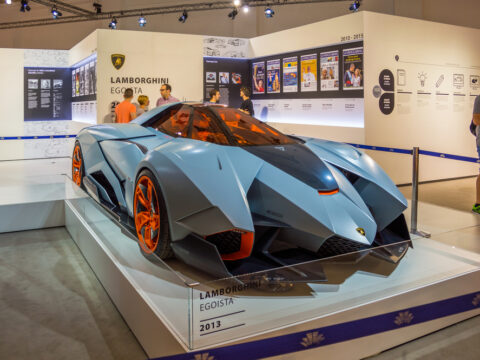The Kawasaki Ninja is a legendary name in the world of motorcycles, known for its speed, performance, and sleek design. While many enthusiasts admire its powerful engine and iconic look, there are countless surprising facts about this bike that remain largely unknown. In this article, we delve into 15 little-known details about the Kawasaki Ninja that will fascinate and surprise you, shedding new light on this extraordinary machine.
Contents
First Released in 1984
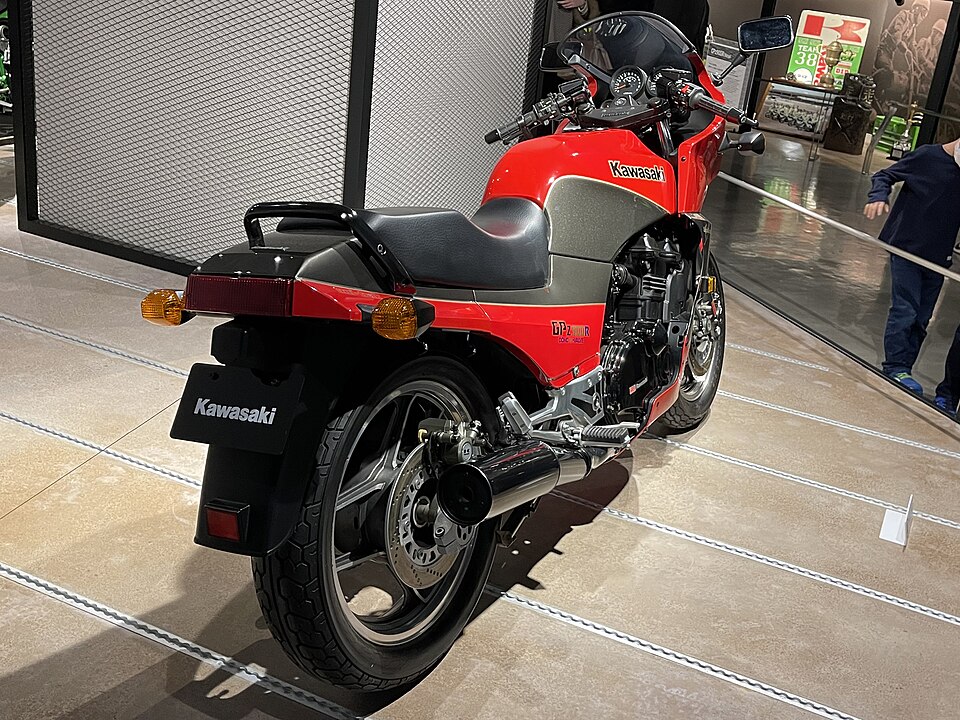
The Kawasaki Ninja made its grand debut with the GPZ900R, which revolutionized the sportbike market with its liquid-cooled, 908cc inline-four engine. It was the first motorcycle to achieve 150 mph, setting a new standard for speed and performance in the industry. The GPZ900R’s innovative design and engineering paved the way for future Ninja models, establishing Kawasaki as a leader in the sportbike segment.
Top Speed Record
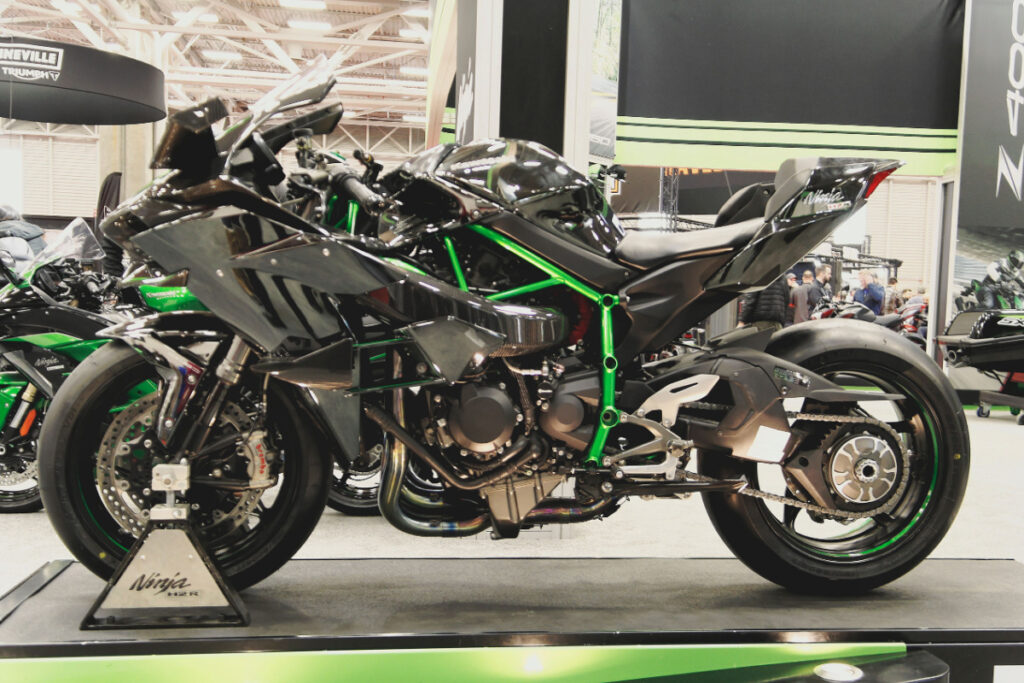
The Ninja H2R holds a remarkable top speed record of over 240 mph, making it one of the fastest production motorcycles ever made. This feat is achieved through its 998cc inline-four supercharged engine, which produces an astonishing 326 horsepower. The H2R’s speed and power are a testament to Kawasaki’s commitment to pushing the boundaries of motorcycle engineering.
Supercharged Engine

The Kawasaki Ninja H2 and H2R models feature a unique supercharged engine, a rarity in the motorcycle world. This supercharger, developed in-house by Kawasaki, significantly boosts power output and acceleration, providing an exhilarating riding experience. The H2’s engine generates 200 horsepower, while the track-only H2R boasts up to 326 horsepower, making them unmatched in their class.
Iconic Design
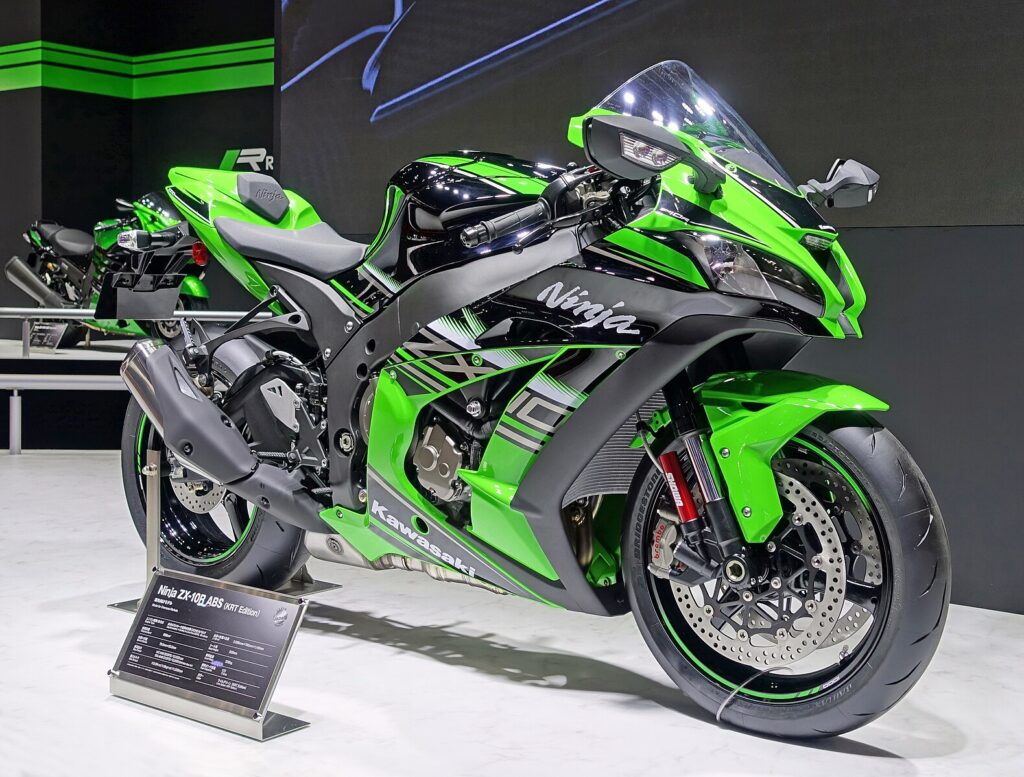
The Ninja’s aggressive design, characterized by sharp angles and sleek lines, has influenced motorcycle aesthetics for decades. The design philosophy of the Ninja series emphasizes aerodynamic efficiency, stability, and visual impact. This iconic look not only enhances performance but also makes the Ninja instantly recognizable on the road.
Used in Movies
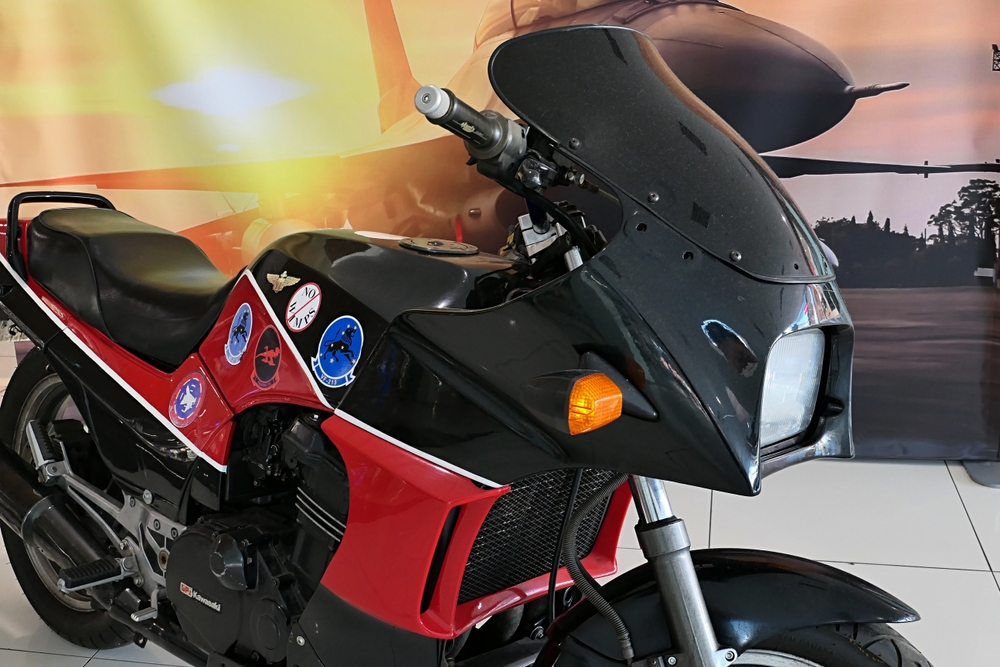
The Kawasaki Ninja has made numerous appearances in popular films, with the most notable being its role in the “Top Gun” series. Tom Cruise’s character, Maverick, rides a Ninja in both the original 1986 film and its 2022 sequel, showcasing the bike’s enduring appeal and association with speed, agility, and coolness.
Innovative Technology

The Ninja ZX-10R is packed with advanced electronics, such as traction control, launch control, and multiple power modes. These technologies enhance the bike’s performance and safety, allowing riders to customize their experience based on riding conditions and personal preferences. The ZX-10R’s sophisticated electronics set it apart from many competitors in the sportbike market.
Racing Success
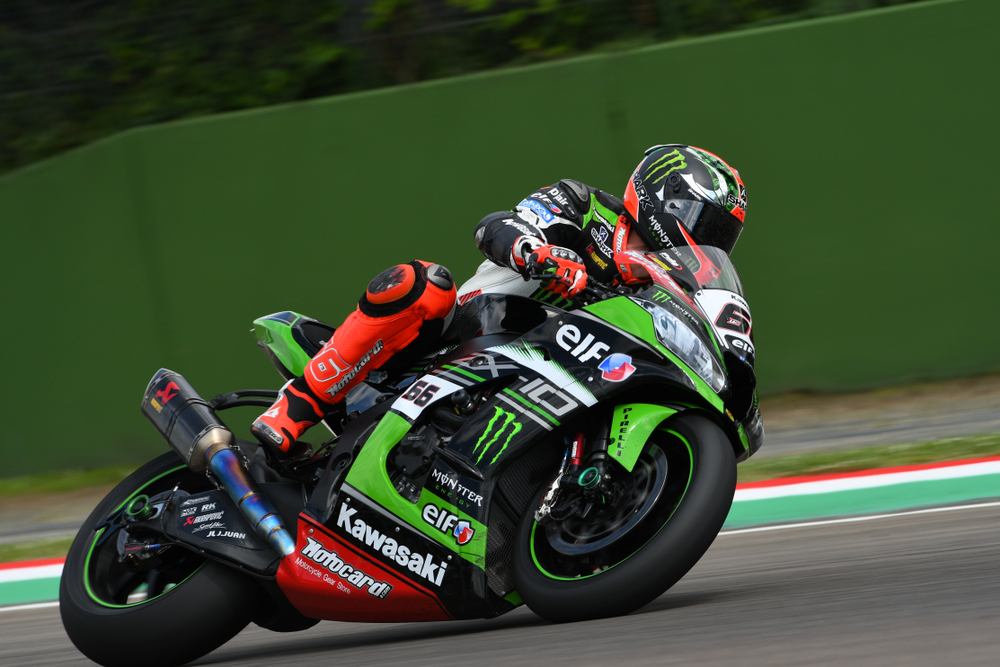
The Ninja series has a storied history in racing, with numerous championships in World Superbike and other competitions. Riders on Ninja motorcycles have consistently performed at the highest levels, thanks to the bikes’ exceptional speed, handling, and reliability. The success of the Ninja series in racing underscores Kawasaki’s dedication to performance and innovation.
Ninja Name Origin
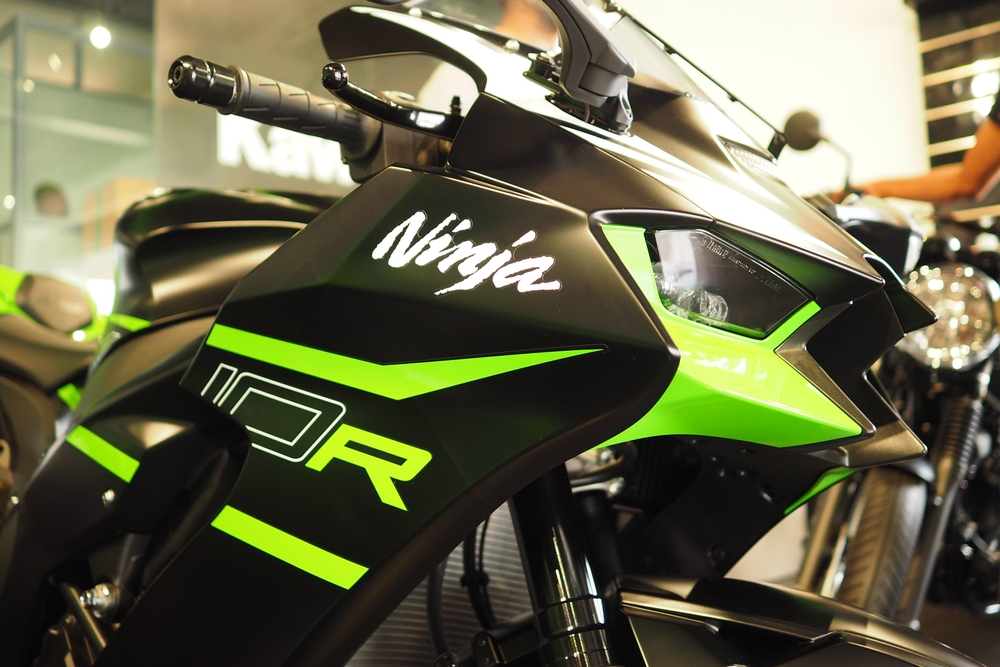
The name “Ninja” was chosen to evoke the speed, agility, and precision associated with the famous Japanese warriors. This branding reflects the bike’s design philosophy and performance characteristics, which prioritize quickness, maneuverability, and technical excellence. The Ninja name has since become synonymous with high-performance motorcycles.
Lightweight Construction
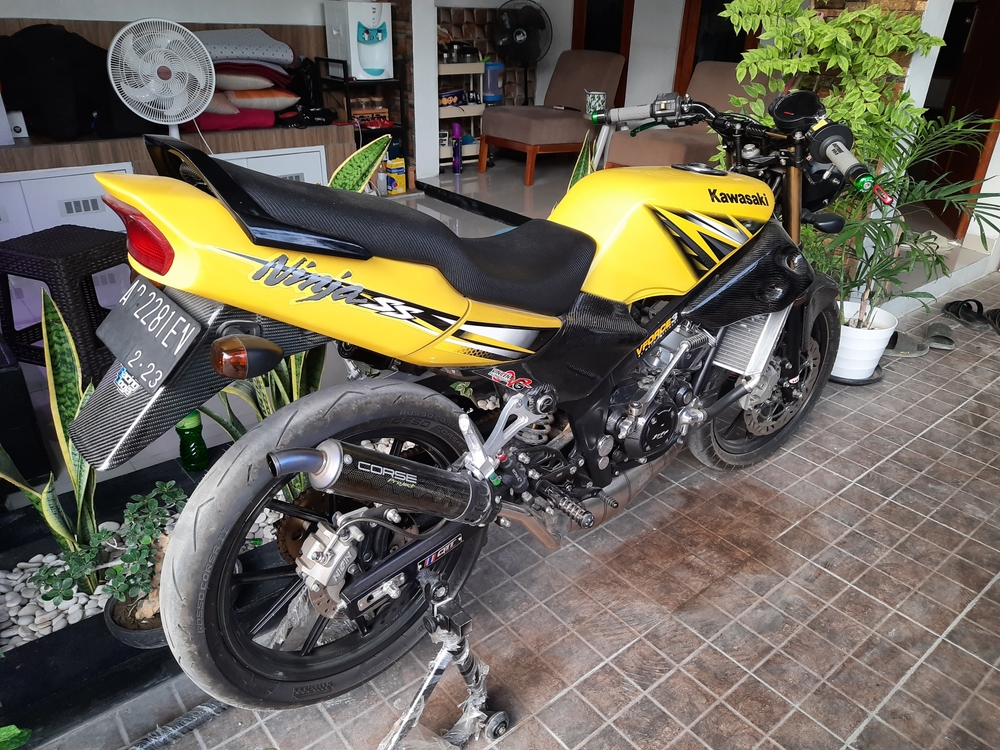
Many Ninja models utilize lightweight materials like aluminum and carbon fiber to enhance performance and handling. These materials reduce the bike’s overall weight, improving acceleration, braking, and cornering abilities. The use of lightweight construction techniques is a key factor in the Ninja’s superior agility and responsiveness.
High Revving Engines
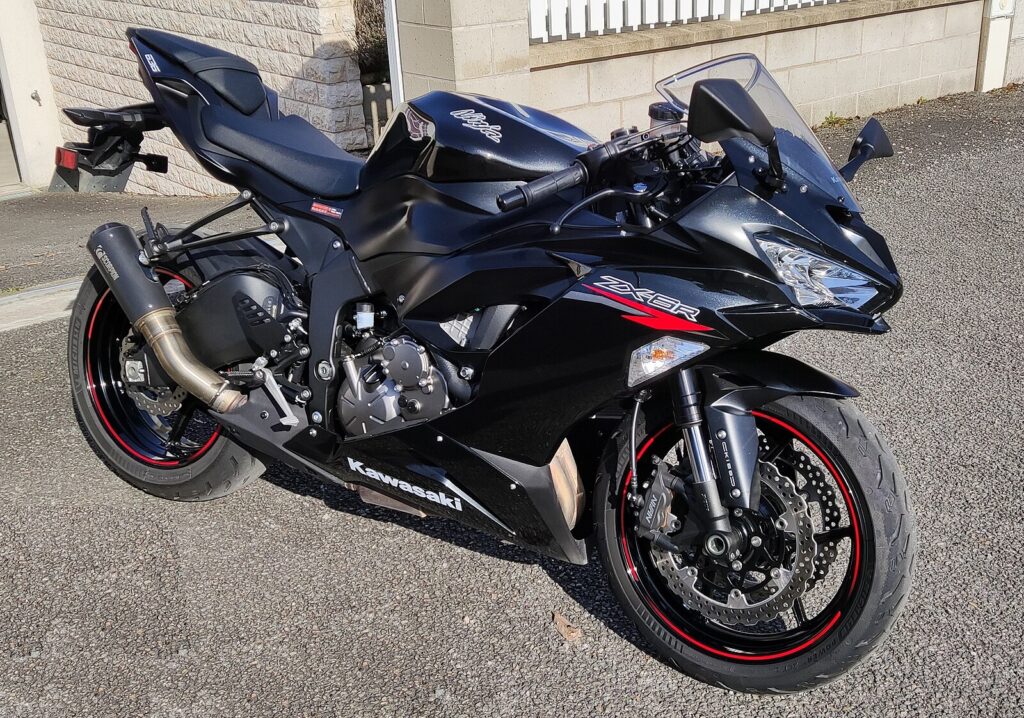
Some Ninja models, such as the ZX-6R, are known for their high-revving engines that can reach up to 16,000 RPM. This high-revving capability allows for rapid acceleration and exhilarating top speeds, making the ZX-6R a favorite among performance enthusiasts. The engine’s ability to rev so high is a testament to Kawasaki’s engineering prowess.
Electronic Rider Aids
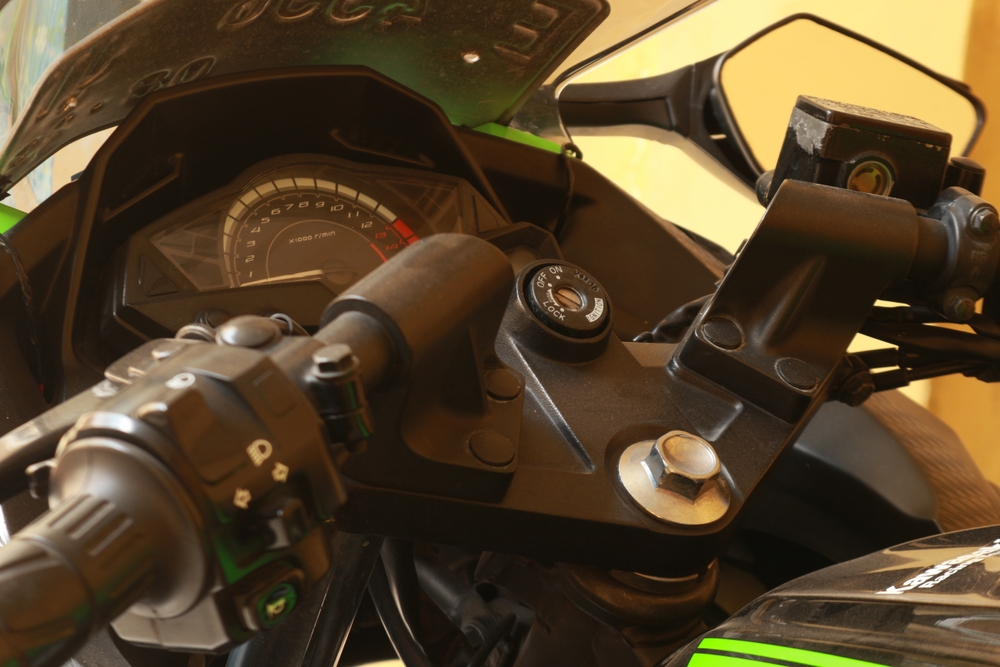
The latest Ninja models are equipped with advanced rider aids, including cornering ABS, quick shifters, and ride-by-wire throttles. These features enhance safety and performance, providing riders with greater control and confidence on the road. The integration of cutting-edge electronics is a hallmark of the Ninja series’ commitment to innovation.
Aerodynamic Innovations

Kawasaki engineers have placed a strong emphasis on aerodynamics, incorporating features like winglets on the Ninja H2R to improve stability at high speeds. These aerodynamic enhancements reduce drag and increase downforce, allowing for better handling and control. The H2R’s aerodynamic design is a key factor in its record-breaking top speed.
Ninja ZX-14R
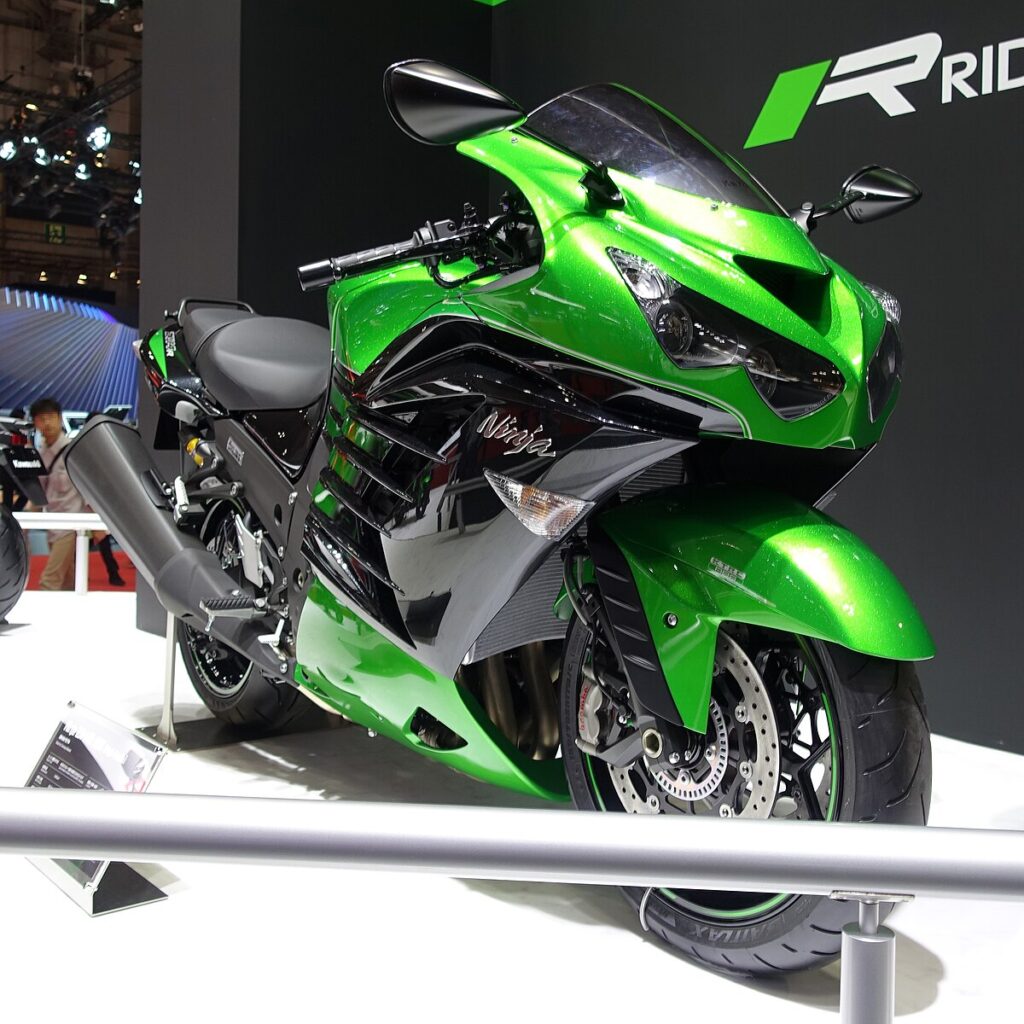
Known as the “King of the Quarter Mile,” the ZX-14R is famous for its incredible straight-line speed. Powered by a 1,441cc inline-four engine, the ZX-14R can accelerate from 0 to 60 mph in just 2.6 seconds. Its combination of power, speed, and stability makes it a standout in the hyperbike category.
Kawasaki Heavy Industries
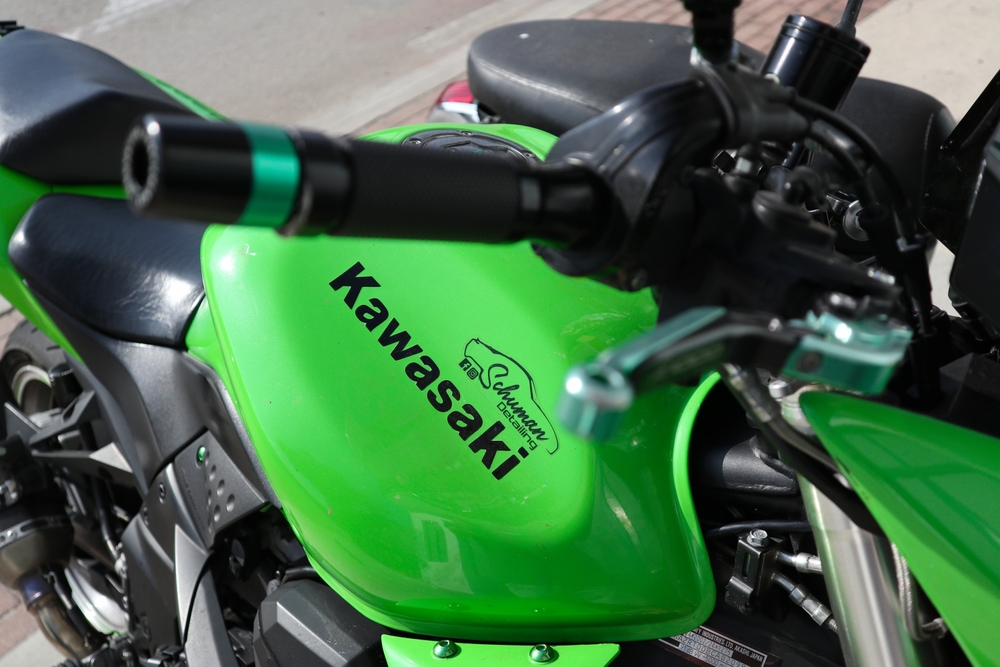
The Ninja is produced by Kawasaki Heavy Industries, a company with diverse interests from aerospace to shipbuilding. This broad expertise allows Kawasaki to incorporate advanced technologies and materials from other industries into their motorcycles. The Ninja series benefits from this multidisciplinary approach, resulting in high-performance, innovative bikes.
Fuel Efficiency
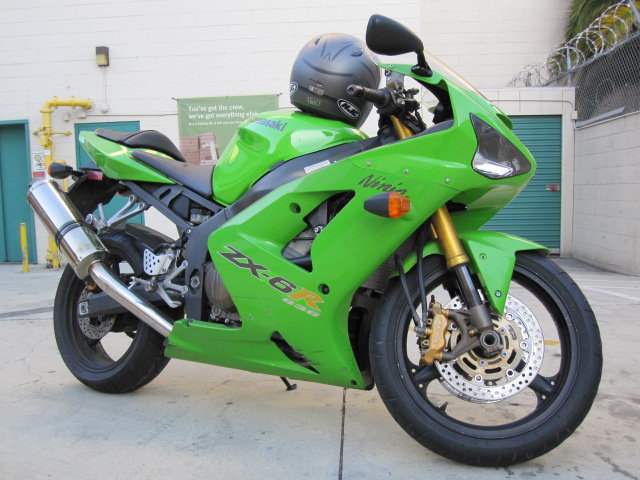
Despite their performance capabilities, many Ninja models are surprisingly fuel-efficient. For example, the Ninja 650 can achieve up to 50 miles per gallon, making it practical for both daily commuting and long-distance riding. This balance of power and efficiency is a significant advantage for riders looking for a versatile motorcycle.
This article originally appeared in MyCarMakesNoise.
More from MyCarMakesNoise
20 Fascinating Facts About the Golden Age of Aviation

Step back in time to the Golden Age of Aviation, an era marked by groundbreaking innovations and the glamorous allure of air travel. Spanning from the 1920s to the 1950s, this period transformed aviation with daring feats and technological breakthroughs. Read More
Top 15 Tips for Embracing Full-Time RV Life

Living as a full-time RVer is an exciting journey that offers a unique blend of freedom and simplicity, but it comes with its own set of challenges. This article provides essential tips tailored for those who have chosen the road as their permanent home, covering everything from selecting the perfect RV to ensuring ongoing safety and connectivity. Read More
The Top 20 Tools Every Driver Should Keep in Their Car

Every driver knows that proper car maintenance requires more than just regular servicing. Equipping yourself with the right tools can save you from unexpected roadside emergencies and extend your vehicle’s lifespan. Read More

